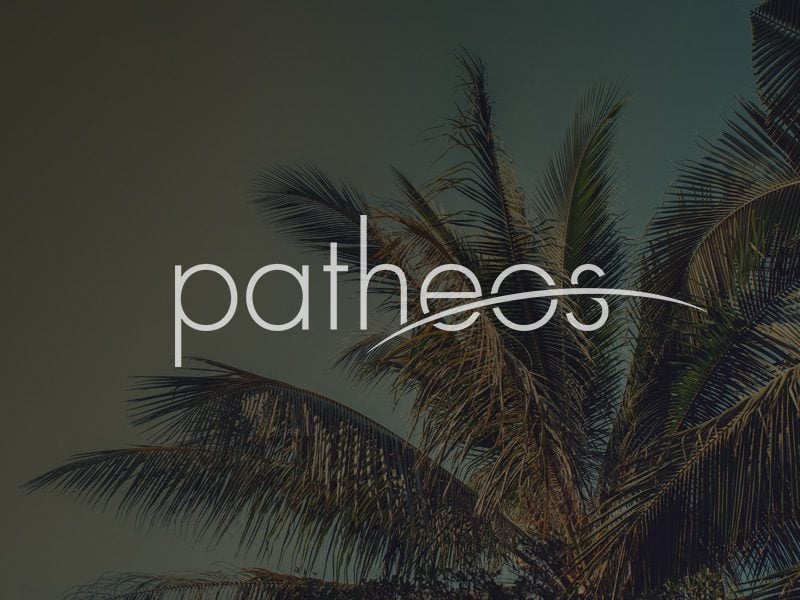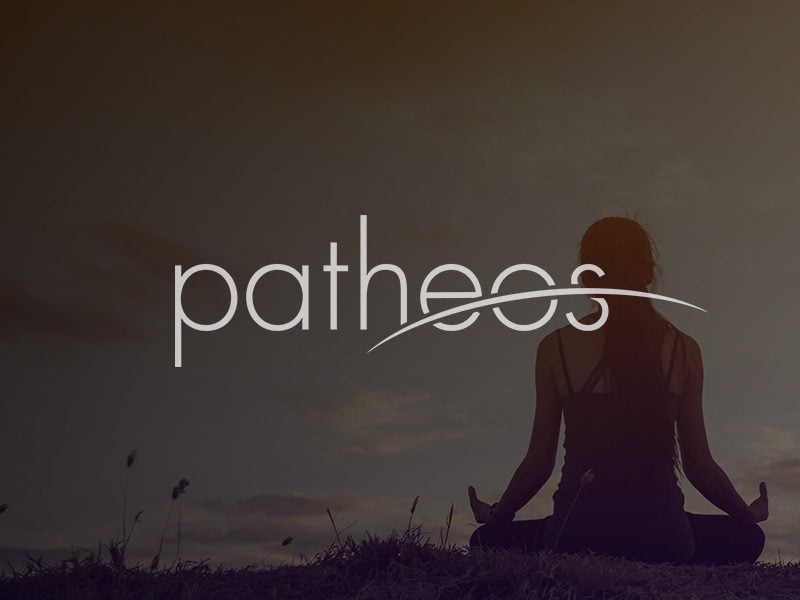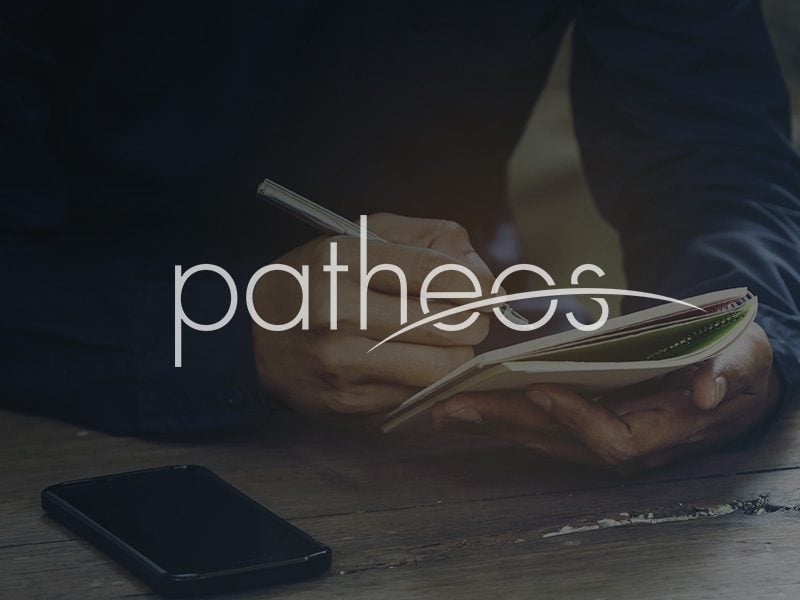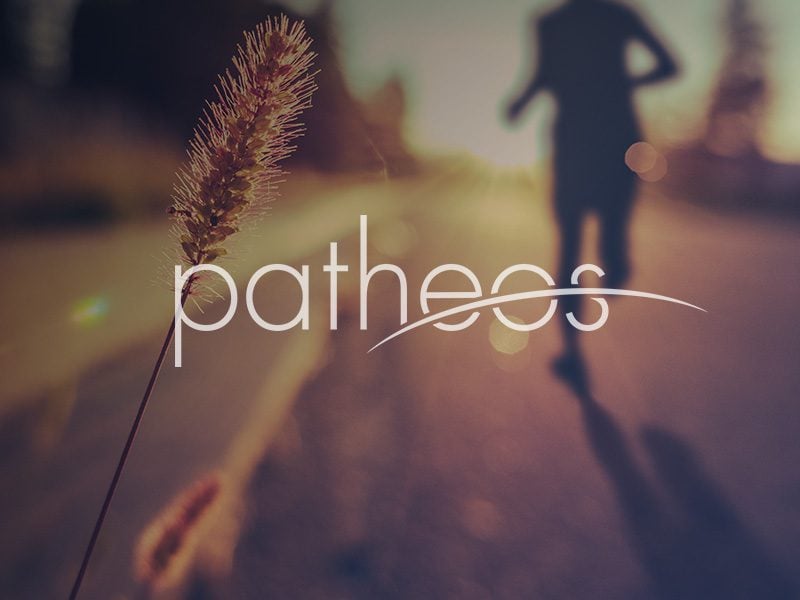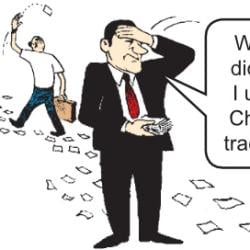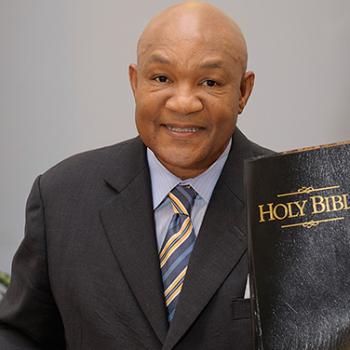In his Caused to Believe, William Bonney follows up suggestions from Charles Giblin regarding the structure of John’s prologue and the structural connections between the prologue and the gospel. Giblin finds what he calls an X-Y pattern in the prologue: “The X of this pattern encompasses verses 1–13. The Y is made up of 14–18.24 Of the X section, Giblin notes that John discusses the Word . . . in its relation to ‘third persons.’ That is in relation to ‘God’... Read more

